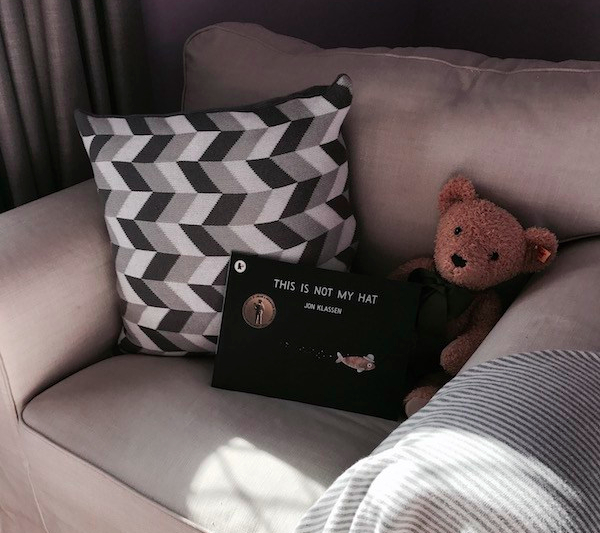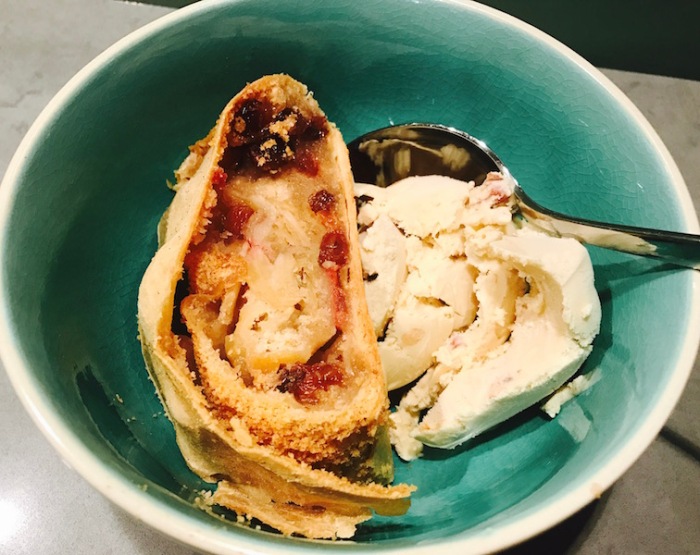Tomorrow is ANZAC Day.
Australians and New Zealanders around the world spend the 25th day of April each year commemorating and remembering the sacrifices of their fellow countrymen (and more recently women) who have gone to war for our countries. The date signifies the day in 1915 on which ANZAC troops landed on the beach at the Gallipoli peninsula, Turkey, in what was to be an ill-considered and largely unsuccessful sally during World War I.
18 years ago today, I was in Turkey preparing to attend the ANZAC Day dawn service on the beach at Gallipoli. The same beach those young men landed on, under fire from the clifftops, all those years ago.
We had about a week in Turkey in total. That trip continues to offer me some of the most vivid memories of my life. It wasn’t all history and war. I can still see before my eyes the cold, intricately detailed marble corners of the Blue Mosque. The entrance to the Topkapi Palace, so very Disney and yet so rich in gritty realness. The gloomy romance of the Istanbul catacombs, the voice of the Phantom of the Opera echoing in my ears. The intoxicatingly perfumed air of the Spice Markets, colours so bright they burned themselves into my retinas. The addictive simit, delicious circular bread rolls covered in sesame seeds and sold on every street corner (very frequently to me).
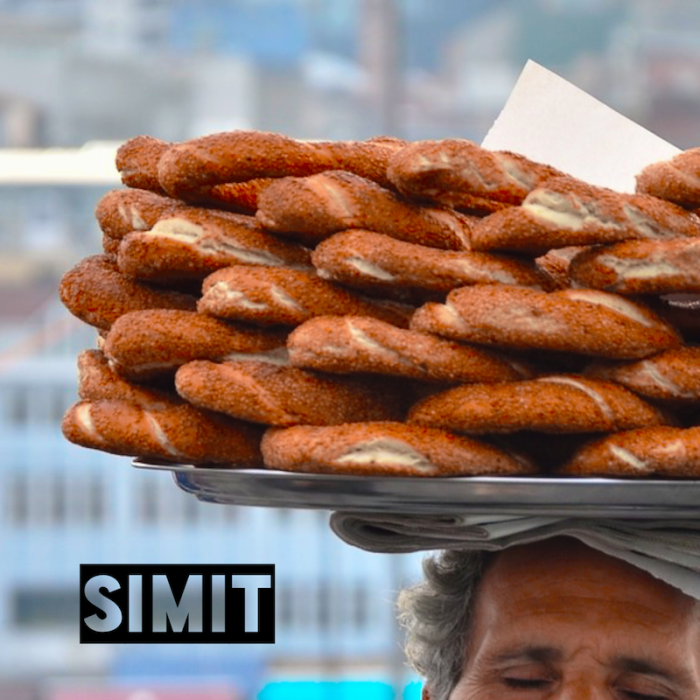
Then there are the memories from the Gallipoli peninsula: row upon row of white headstones, dolphins cavorting lazily in the dark waters beneath the steep cliffs, the eerie presence of the Lone Pine on its hill, the haunting grief in the words of the inscription at the ANZAC Cove Memorial, controversially attributed to Kemal Ataturk.
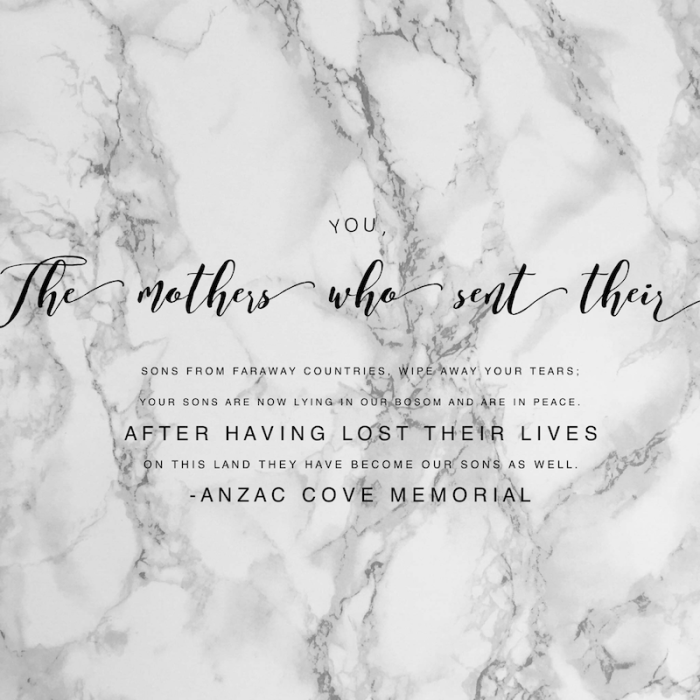
But the memory that endures the strongest is the one from that dawn service, standing on that beach, sleep-deprived, cold and disoriented in a crowd of pilgrims, when the fear and anticipation of the ANZACs landing on the beach that day reached through time and into my gut. In the early morning silence as the service commenced, as the bugle rang out and then paused, I felt it. That terrifying, blood-freezing inevitability of what awaited, of sheep to slaughter. I’ve never forgotten that feeling.
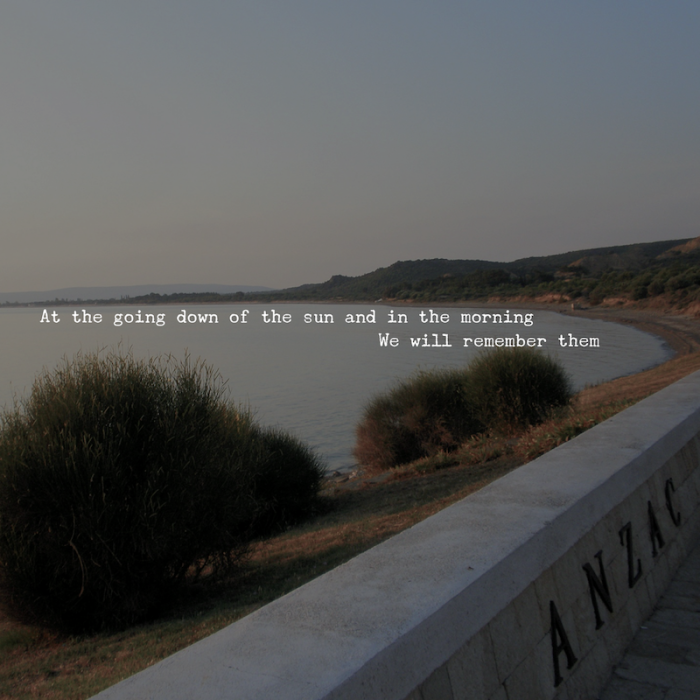
I haven’t quite made it to every local dawn service since, but I haven’t missed many. Largely that dedication comes down to the desire to have that feeling in my core once more. It is always strongest in that early morning quiet amidst a sea of people seemingly holding their breaths as the last notes of the Last Post fade away. Our local service is held on the seafront, with pine trees looming above the memorial, and that is the closest I’ve come to matching the atmosphere of Gallipoli beach. I won’t be there this year, heavily pregnant and battling illness as I am, but I’ll be up before dawn anyway.
Lest we forget.



